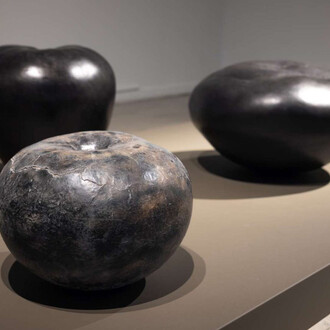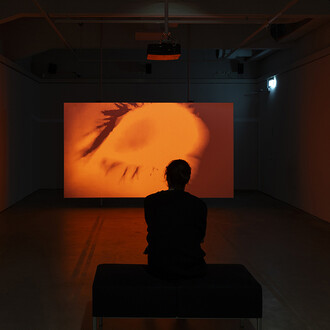The collection exhibition presents acquisitions and donations from the time of the museum’s first director, landscape artist Victor Westerholm. Westerholm’s tenure from 1891–1919 also coincides with Finland’s pursuit of independence from Russia. Comprising just under a hundred works, the exhibition will be on show ´till 4 November 2018.
During Westerholm’s tenure the collection of the Turku Art Society grew to consist of precisely 400 works. Many of them have since then become iconic works in Finnish art, such as Gunnar Berndtson’s Summer, Pekka Halonen’s Wilderness, Akseli Gallen-Kallela’s Old Woman and Cat and his pieces on Kalevala themes, as well as paintings by Helene Schjerfbeck. The society also acquired several key paintings by Westerholm, and the artist himself donated many works to the collection. Westerholm was well connected with artists both in Finland and abroad, and fellow artists such as Ville Vallgren made significant donations to the society alongside donations by private individuals. Active donors also included the members of the society’s board, such as commercial counsellors Fredric von Rettig and brothers Ernst and Magnus Dahlström.
From the beginning the society’s acquisition policy focused on Finnish and Nordic contemporary art. Art from the country’s motherland, Russia, was not acquired, however. This was a clear statement: the society’s collection was culturally affiliated with the West. In addition to pieces by established names, the society also purchased works by younger artists. The thematic focus of acquisition was initially quite nationalistic: Finnish landscapes, folk characters, portraits and mythological figures.
The consistent acquisition policy was undermined by limited resources, however, preventing the purchase of some coveted works. The exhibition showcases seven paintings from the Golden Age of Finnish art that for some reason never made it to the collection. The number of these works may be small, but they are inestimable in value, and their importance is underlined by the fact that all but one belong today to public art collections. On loan from the Ateneum Art Museum, the Gallen-Kallela Museum, the Ostrobothnian Museum in Vaasa and the Hämeenlinna Art Museum, as well as from a private collection, the paintings by Berndtson, Gallen-Kallela, Halonen, Rissanen and Westerholm are all instances of denied desire. By highlighting lost opportunities alongside successful acquisitions, we seek to give the public a fresh and more varied view of the formation of the collection.
















